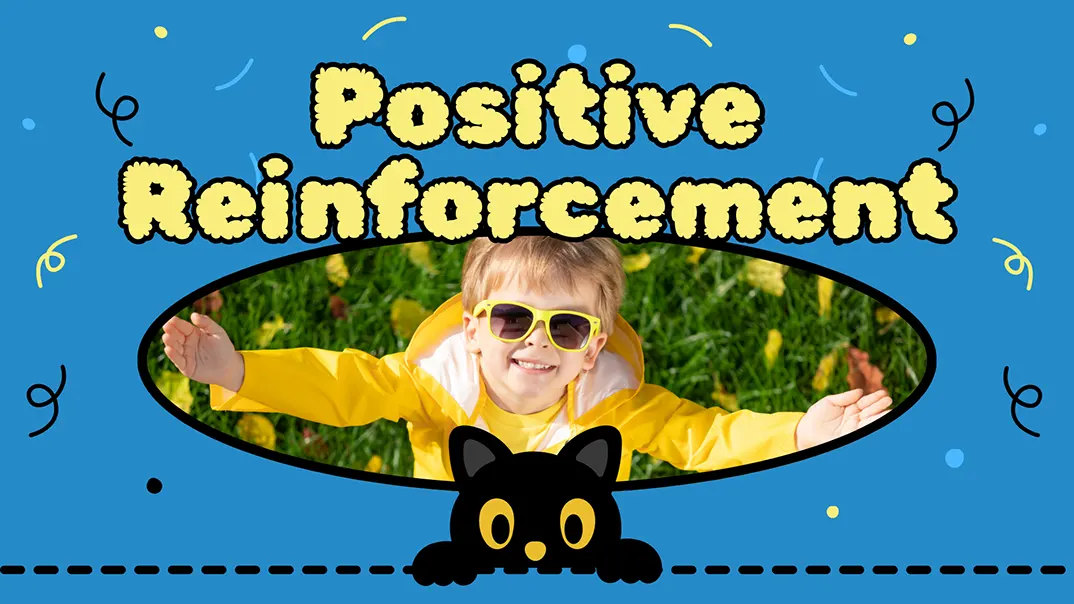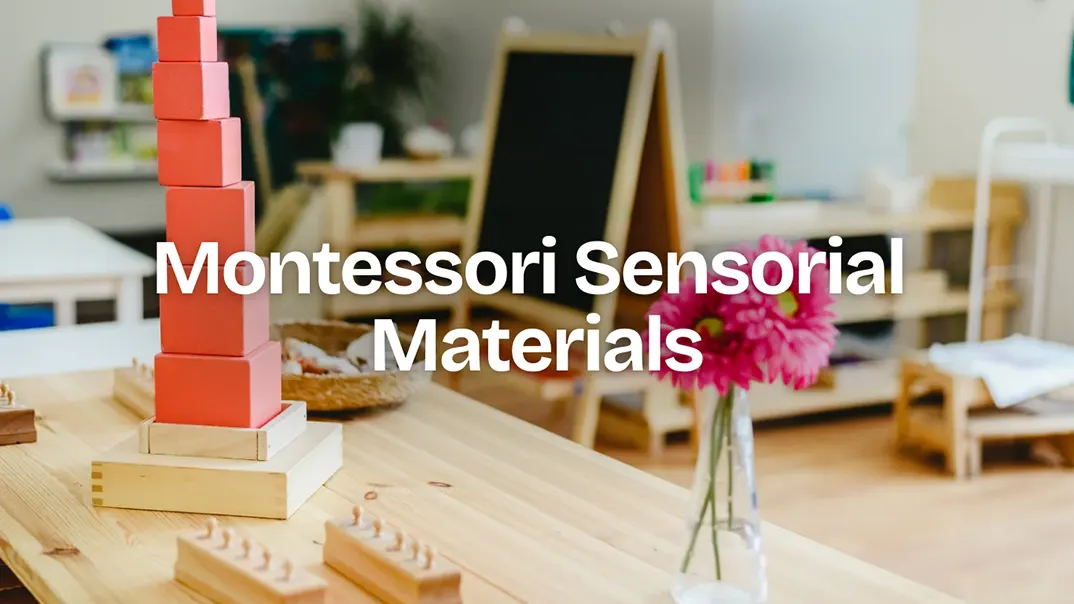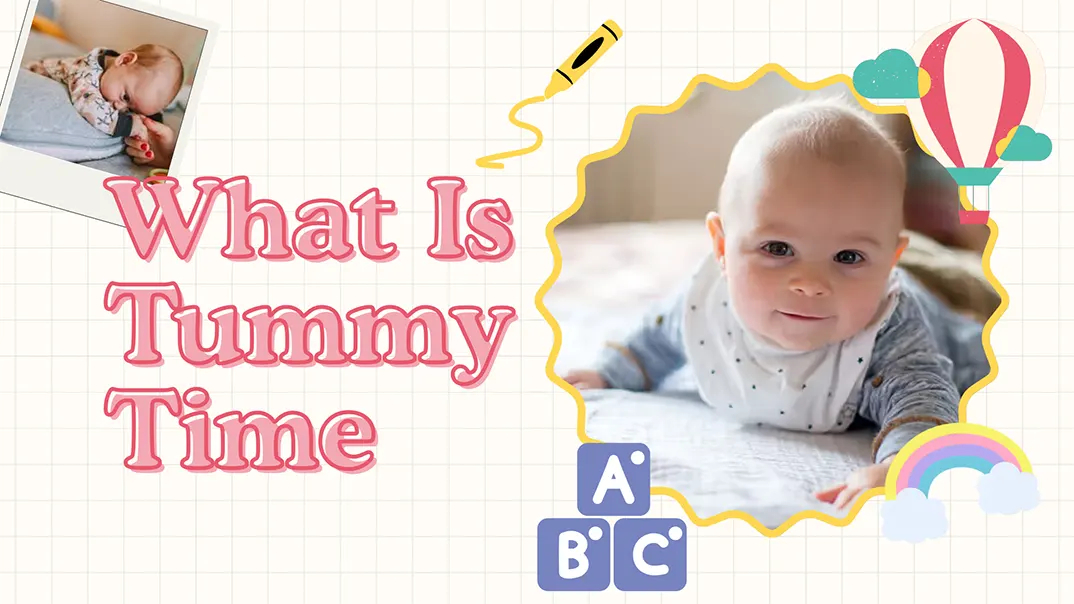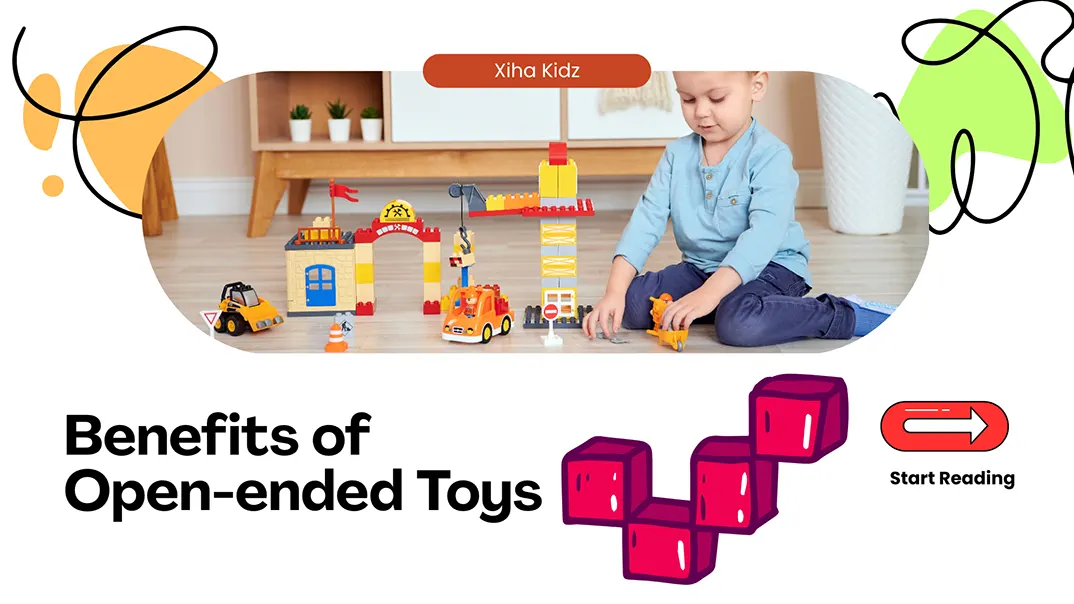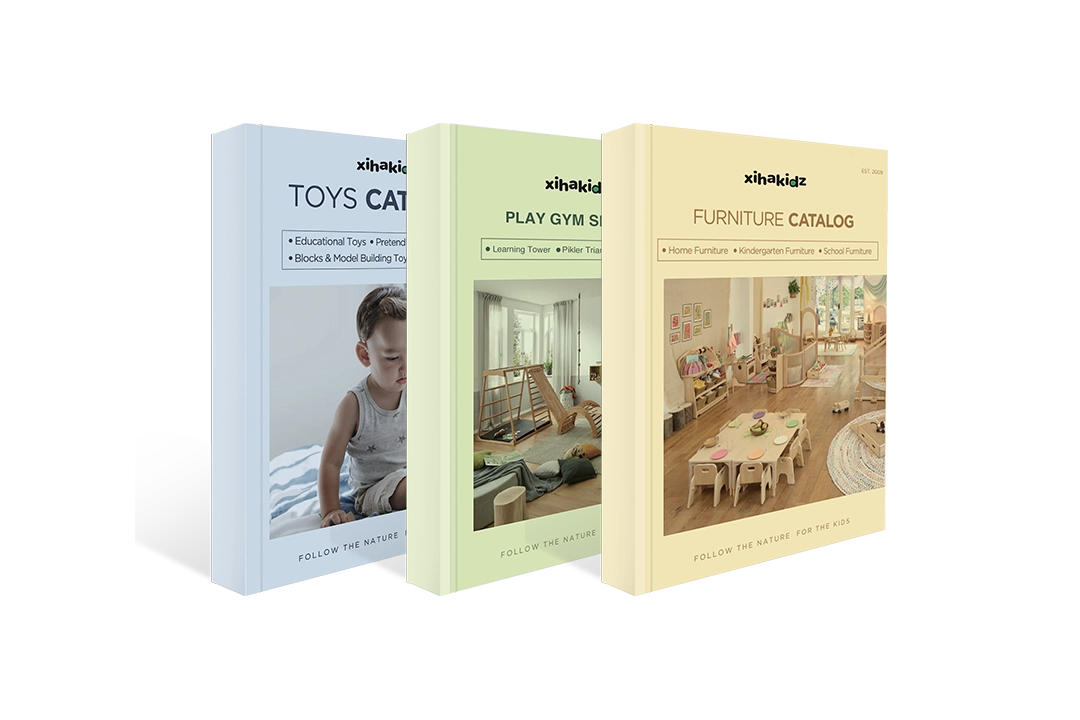Studies show that classrooms using positive reinforcement see a 42% reduction in disruptive behavior and higher student participation. Why does rewarding children’s positive actions lead to such powerful results in learning?
Positive reinforcement means giving praise, recognition, or small rewards when children show desirable behavior. Instead of focusing on punishment, it connects learning with positive emotions. A child who receives encouragement for sharing or praise for finishing homework is more motivated to repeat those actions. This simple approach builds confidence, improves cooperation, and supports long-term academic and social growth.
Keep reading to discover practical ways teachers and parents can use positive reinforcement to create a more positive 教室環境.
What Is Positive Reinforcement?
Positive reinforcement is a behavioral strategy that involves adding a rewarding stimulus immediately after a desired behavior, with the goal of increasing the likelihood that the behavior will occur again. In early childhood settings, this often means offering praise, rewards, or attention to encourage positive actions like sharing, listening, or following instructions. By reinforcing good behavior with a pleasant consequence, children learn to repeat those actions over time. This method supports emotional development, builds self-esteem, and helps establish consistent behavior patterns in a nurturing way.
Rooted in B.F. Skinner’s theory of operant conditioning, positive reinforcement is one of the four primary methods of behavior modification. To better understand how and why positive reinforcement works, it’s helpful to look at operant conditioning.
Operant conditioning is a learning theory developed by psychologist B.F. Skinner’s theory explains how behavior is influenced by its consequences. In simple terms, children tend to repeat actions that bring pleasant results and avoid those that lead to negative outcomes. This idea helps us understand why encouragement and rewards can be so powerful in shaping behavior.
The basic framework of operant conditioning includes four main strategies:
- ポジティブな強化: adding something pleasant, such as praise or a small reward, to increase a desired behavior.
- Negative Reinforcement: removing something unpleasant when the desired behavior occurs (for example, ending extra chores once homework is completed).
- Positive Punishment: adding an unpleasant consequence to reduce an unwanted behavior (such as scolding).
- Negative Punishment: removing something enjoyable to decrease an unwanted behavior (such as taking away playtime).
カスタム家具ソリューションで教室を変身させましょう
Types of Positive Reinforcement
Positive reinforcement takes different forms, and knowing the types helps educators and parents choose the best approach for each child. While all aim to encourage desired behaviors, they differ in how the reinforcement is delivered and what kind of reward is used. In early childhood education, using a mix of reinforcement types ensures that children with different personalities, needs, and learning styles all receive meaningful encouragement. Below are the main types of positive reinforcement used in preschool and home settings.
Natural Reinforcement
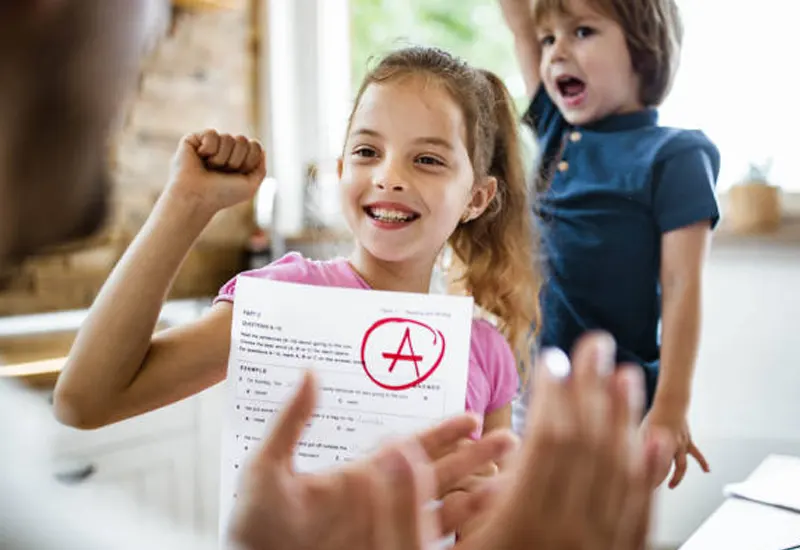
Natural reinforcement happens as a direct result of the behavior itself. It doesn’t require any extra effort from adults. For example, when a child works hard to complete a puzzle and feels proud of the finished picture, that internal sense of satisfaction reinforces the behavior. The joy of success becomes the reward. The reinforcement is built into the situation, and it teaches children that their actions lead to positive results in real life.
This type of reinforcement is powerful because it helps children connect cause and effect naturally. Over time, they learn that cooperation, kindness, and effort lead to rewards without needing constant external input.
Social Reinforcement
Social reinforcement involves the use of attention, praise, smiles, or gestures from adults or peers. A teacher saying, “I love how you’re sitting quietly,” or giving a high five for good listening, is offering social reinforcement. It’s often the most effective and readily available method for young children, as they thrive on adult approval and emotional connection.

Because social reinforcement helps build strong relationships, it also strengthens a child’s sense of belonging and confidence. When used consistently and genuinely, it fosters a positive classroom or home environment.
Tangible Reinforcement

Tangible reinforcement includes physical rewards such as stickers, tokens, small 知育玩具, or certificates. This type is especially helpful when teaching new or challenging behaviors. For instance, a child learning to stay seated during circle time might earn a sticker each day they succeed. After collecting a certain number of stickers, they might choose a small prize or activity.
While tangible rewards can be highly motivating, they should be used thoughtfully. Over-reliance on them can reduce intrinsic motivation over time. Ideally, tangible reinforcement should be combined with social praise and gradually faded as the behavior becomes more consistent.
Token Reinforcement
Token systems use symbols—such as stars, points, or tokens—that children can collect and exchange for a reward. These systems work well for encouraging ongoing effort or managing group behavior. For example, a child may earn a token for every kind action, and after collecting five, they can choose a preferred classroom job.
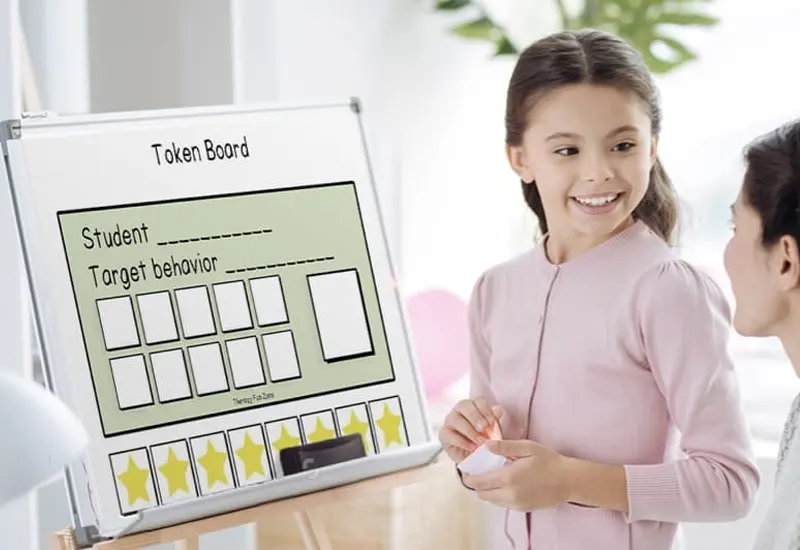
Token reinforcement systems help children understand delayed gratification and goal-setting. They are especially effective with preschoolers when the expectations and rewards are clearly explained and consistently applied.
Activity Reinforcement
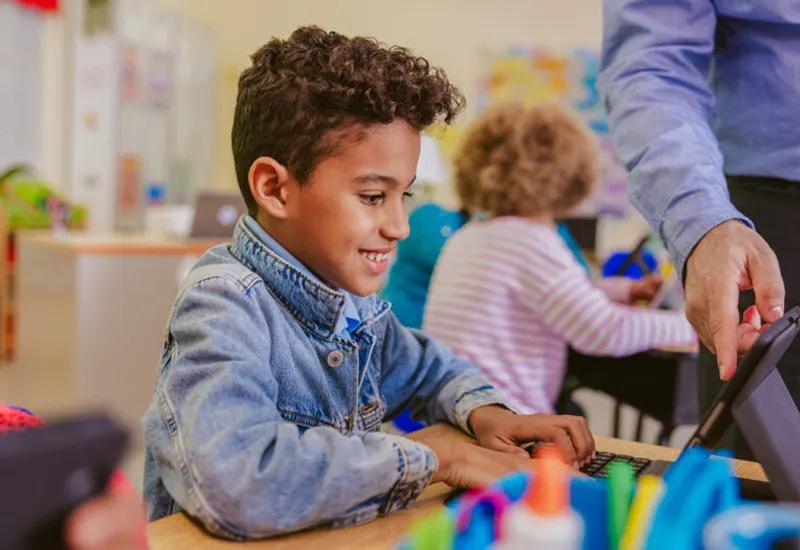
This type of reinforcement gives the child access to a preferred activity after showing a desired behavior. For example, a child who finishes a cleanup task might get extra time in the reading corner or first pick during playtime. Activity reinforcement taps into a child’s natural interests and gives them something to look forward to, making it a useful and developmentally appropriate strategy.
It also encourages time management, task completion, and decision-making skills, all of which are essential in early learning environments. When children know that positive actions lead to enjoyable experiences, they begin to take more responsibility for their behavior.
Examples of Positive Reinforcement
Understanding how positive reinforcement looks in real life helps educators and parents apply it more naturally and effectively. Below are common examples from different environments where young children grow and learn.
In the classroom
In early education settings, positive reinforcement is used daily to shape behavior and support learning. Preschool teachers often use a mix of verbal praise, visual cues, and small rewards to encourage participation and cooperation.
- A teacher says, “Thank you for raising your hand. That helps everyone take turns,” to reinforce respectful communication.
- A sticker chart is used to reward children who remember to wash their hands before snack time.
- A child who helps a friend tie their shoes is given a classroom helper badge for the day.
- After sitting quietly during story time, children are allowed to choose a book to take home.

At home
Parents and caregivers can use positive reinforcement in everyday routines to support healthy habits, responsibility, and emotional growth.
- A parent gives their child a hug and says, “I’m really proud of how you cleaned up your toys without being asked.”
- Children earn an extra bedtime story when they follow their nighttime routine cooperatively.
- A young child who shares with a sibling gets to choose the next family movie.
- Praising effort—“You worked so hard on that drawing!”—encourages creative expression and perseverance.
カスタム家具ソリューションで教室を変身させましょう
Everyday social interactions
Positive reinforcement also plays a vital role in peer interactions and community environments. Children learn social norms, empathy, and communication skills through naturally occurring feedback.
- A child gives a toy to another child on the playground and receives a smile or “thank you,” which encourages continued sharing.
- When a child uses kind words, other children respond positively, making them feel accepted and valued.
- Compliments from friends after a group activity help reinforce teamwork and cooperation.
- A parent or teacher quietly points out, “Did you see how happy your friend was when you helped them?” This helps the child connect kindness with positive outcomes.
Benefits of Positive Reinforcement
Positive reinforcement offers a wide range of benefits, especially in early childhood education, where emotional development, behavior shaping, and social learning are all taking place at once. When used consistently and thoughtfully, it creates a learning environment where children feel safe, respected, and motivated.
- Builds confidence: when children receive recognition for their efforts, they feel valued and capable. This confidence motivates them to keep trying, even when tasks are challenging.
- Encourages desired behaviors: rewarding positive actions makes it more likely those behaviors will be repeated, helping children develop good habits both in school and at home.
- Strengthens relationships: positive feedback creates trust between children and adults. A supportive relationship makes children more willing to listen, cooperate, and engage in learning.
- Creates a positive learning environment: classrooms that use positive reinforcement feel safer and more encouraging. This atmosphere reduces fear of failure and increases participation.
- Supports long-term development: by consistently reinforcing positive actions, children build habits that extend beyond early education, shaping their future behavior and learning attitudes.
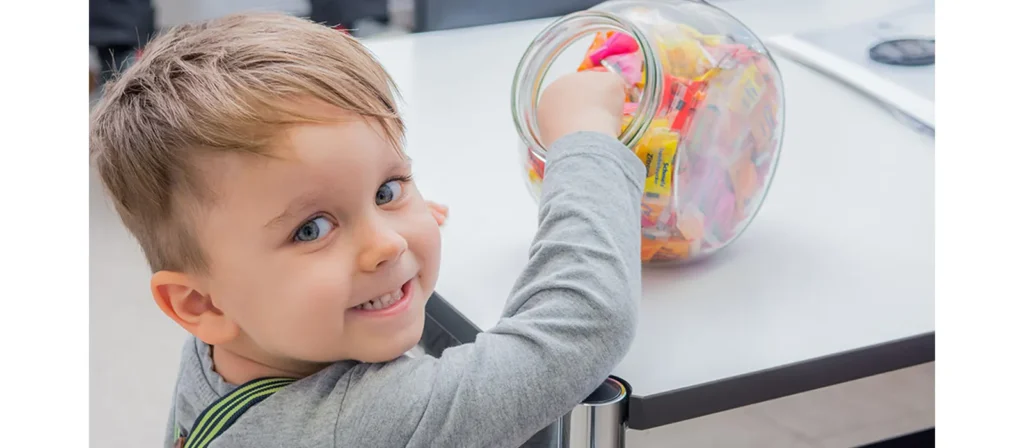
What Is the Difference Between Positive and Negative Reinforcement?
Positive and negative reinforcement are both strategies used to increase the likelihood of a desired behavior, but they work in different ways. Understanding the distinction between them is essential for choosing the most effective and appropriate method.
Positive reinforcement involves adding something pleasant immediately after a desired behavior to encourage it to happen again. This could be verbal praise, a sticker, a hug, or extra playtime. For example, when a child helps clean up the play area and is told, “Thank you for being so helpful,” the praise reinforces the behavior.
Negative reinforcement, on the other hand, involves removing something unpleasant when the desired behavior occurs. The goal is still to increase the behavior, but instead of offering a reward, the child experiences relief or comfort as a result. For example, if a child finishes their lunch quietly, a teacher might excuse them from a non-preferred task like additional cleanup duties.
A Simple Comparison of Positive Reinforcement Vs Negative Reinforcement
| 側面 | ポジティブな強化 | Negative Reinforcement |
|---|---|---|
| 意味 | Adding a pleasant outcome after a desired behavior to increase its frequency. | Removing an unpleasant outcome after a desired behavior to increase its frequency. |
| 集中 | Providing rewards or encouragement. | Taking away something the child finds unpleasant. |
| Example in class | Praising a child for raising their hand before speaking. | Excusing a child from extra chores after finishing homework. |
| Child’s experience | Feels recognized, valued, and motivated. | Feels relief from discomfort or pressure. |
| Impact on learning | Builds confidence, strengthens positive habits, and creates a supportive environment. | Encourages compliance but may not create the same positive emotional connection. |
When to Use Positive Reinforcement?
Positive reinforcement is a highly flexible and effective strategy that can be used in a wide range of situations. Whether you’re managing a classroom, supporting behavior at home, or working in a therapeutic or developmental setting, this method helps shape behavior in a positive, respectful way. Below are some of the most common and beneficial situations where positive reinforcement can be applied.
As a Classroom Management Tool
In early education classrooms, positive reinforcement is one of the most reliable and research-supported techniques for guiding behavior. It helps reduce disruptions, encourages participation, and creates a safe, encouraging learning environment.
Teachers may use verbal praise, sticker charts, group rewards, or special privileges to reinforce behaviors like raising hands, following directions, sharing, or staying on task. When used consistently, it sets a positive tone in the classroom and helps build a cooperative learning culture.

In Behavior Therapy and Intervention Programs
In therapeutic settings, especially when working with children with developmental delays, autism spectrum disorders, or behavioral challenges, positive reinforcement is a core strategy. Applied behavior analysis (ABA), for example, relies heavily on positive reinforcement to teach new skills and reduce problem behaviors.
Reinforcers in therapy might include tokens, tangible rewards, or preferred activities tailored to each child’s unique motivators. These structured systems help make learning predictable and rewarding for children who thrive on clear expectations and feedback.
At Home During Daily Routines
Parents and caregivers can use positive reinforcement to support smoother routines and build strong family relationships. Whether it’s encouraging cooperation during bedtime, reinforcing polite manners, or promoting independence in self-care tasks, reinforcing positive behaviors at home helps create structure and harmony.
Simple rewards like verbal praise, extra story time, or choosing what to eat for dinner can be powerful tools for strengthening desired behaviors.
To Support Social-emotional Development
Positive reinforcement can be used to nurture emotional skills such as empathy, self-regulation, patience, and cooperation. Recognizing children when they show kindness, wait their turn, or manage their frustration effectively helps reinforce these vital social behaviors.
For example, when a child comforts a peer who is upset, praising that action with a gentle comment like, “That was very thoughtful of you,” reinforces empathy and emotional awareness.
To Teach and Maintain New Skills
Positive reinforcement is essential when introducing new skills or habits, whether academic, social, or self-care related. Once a behavior is learned, continued reinforcement—used less frequently over time—helps maintain the skill without relying solely on rewards.
For example, if a child is learning to zip their own coat, early reinforcement might involve enthusiastic praise or a sticker. As they gain confidence, less frequent reinforcement helps the skill stick while encouraging independence.
カスタム家具ソリューションで教室を変身させましょう
How to Use Positive Reinforcement?
Positive reinforcement is most effective when applied intentionally and consistently. Rather than relying on rewards alone, the process involves setting clear goals, using meaningful feedback, and building long-term motivation. Below is a structured guide to help educators and caregivers implement this strategy with clarity and purpose.
1. Identify the Target Behavior
Start by defining a specific behavior you want to encourage. Vague goals like “be nice” or “act better” are difficult for young children to interpret. Instead, choose clearly observable actions such as “put away 教室のおもちゃ after play” or “raise hand before speaking.” The more concrete the behavior, the easier it will be to teach and reinforce consistently.
When children know exactly what is expected, they can begin working toward the behavior with confidence. Be sure to explain expectations in simple terms, and repeat them regularly so they become part of the child’s understanding.
2. Choose Meaningful Reinforcers
Not all rewards work the same for every child. Observe what each child enjoys—some respond well to verbal praise, while others may need something more tangible at first. Reinforcers should be age-appropriate and relevant to the situation.
Common reinforcers include:
- Verbal praise (“I noticed how you waited for your turn. That was thoughtful!”)
- Stickers or tokens
- Extra playtime
- Choice of activity or game
- Small privileges, like being the line leader
Observe what excites and motivates each child to ensure the reinforcement is effective.

3. Reinforce Immediately
Timing is crucial when using positive reinforcement. Reinforcement should occur as close as possible to the desired behavior. If too much time passes, the connection between the action and the reward becomes unclear or even lost entirely. Immediate reinforcement strengthens the behavior-reward link, making it easier for children to understand what they did right. Whether it’s praise, a token, or a smile, deliver it right away to maximize its impact.
4. Be Specific With Feedback
General praise like “good job” lacks the clarity young children need. Instead, tell the child exactly what they did well—for example, “You used your inside voice during story time. That helped everyone listen better.” This approach not only reinforces the behavior but teaches why it’s valued. Specific praise also encourages children to reflect on their actions. It builds self-awareness and provides a foundation for developing self-regulation and responsibility over time.
5. Be Consistent
Consistency builds predictability, which is vital in early childhood development. Reinforce the target behavior every time it occurs, especially in the beginning. As the behavior becomes routine, gradually decrease the frequency of reinforcement without removing it entirely.
In classroom settings, visual tools like sticker charts, token systems, or simple behavior logs can help maintain consistency, especially when multiple caregivers or teachers are involved. A consistent approach avoids confusion and encourages stable behavioral growth.
6. Match Reinforcement to the Effort
Children quickly notice whether effort is fairly recognized. A small act like putting a crayon back in its container might require minimal reinforcement, such as a brief “thank you,” while mastering a multi-step morning routine may deserve a bigger reward, like extra story time or being a class helper for the day.
Matching the size of the reinforcement to the effort shows children that hard work is recognized. This approach helps them set realistic expectations and fosters a sense of fairness and motivation.
7. Fade Reinforcement Gradually
Once a behavior is established, you don’t want the child to become dependent on constant rewards. Slowly reduce the frequency and visibility of reinforcement while keeping the behavior expectations high. Replace material rewards with verbal praise, gestures, or natural reinforcement like personal satisfaction.
This transition from external to internal motivation is essential for long-term behavior change. It encourages independence and helps children internalize the values behind their actions rather than acting just for a reward.
当社の全製品ラインナップをご覧ください
幼稚園や学校向けの最高品質の家具や遊具を取り揃えた当社の総合カタログをご覧ください。
Schedules of Positive Reinforcement
The timing and frequency of reinforcement play a big role in how effective it is. These patterns are known as schedules of reinforcement, and they determine when and how often a behavior is followed by a reward. Choosing the right schedule depends on the child’s developmental level, the behavior being taught, and the goal—whether it’s learning a new behavior or maintaining an existing one.

Continuous Schedule
In a continuous reinforcement schedule, the desired behavior is reinforced every single time it occurs. For example, a teacher might praise a child every time they raise their hand before speaking. This method is especially useful when introducing a new behavior, as it helps children quickly understand the connection between their action and the reward. However, this schedule is not always practical long-term. Once the behavior becomes consistent, reinforcement can gradually shift to a less frequent schedule.
Fixed Ratio Reinforcement Schedule
A fixed ratio schedule provides reinforcement after a specific number of correct responses. For instance, a child might earn a sticker for every three times they clean up without being reminded. The rule is predictable, and the child knows exactly what to expect, which helps build consistency. This method is motivating because children understand the pattern and are more likely to repeat the behavior to reach the reward.
Fixed Interval
With a fixed interval schedule, reinforcement is given after a set amount of time, as long as the behavior has occurred during that time. For example, if a teacher gives a child praise every 10 minutes for staying on task, that’s a fixed interval schedule. While this method can help maintain behavior over time, it sometimes leads to a burst of good behavior just before the reward is expected, followed by a drop-off right after.
Variable Ratio
In a variable ratio schedule, reinforcement is provided after a varying number of correct responses. The child doesn’t know exactly when the reward is coming, which often keeps them engaged. For example, a child might receive praise after the second, then fifth, then third time they help a peer. This schedule creates strong, consistent behavior because children stay motivated, knowing the reward could come at any time. It’s often used in games and token systems.
Variable Interval
With a variable interval schedule, reinforcement is given after an unpredictable amount of time, as long as the behavior is happening. For example, a teacher may randomly praise students for staying focused during work time, without following a specific timing pattern. This method can help children stay consistently engaged and reduce the habit of performing only when a reward is expected.
Common Mistakes to Avoid When Using Positive Reinforcement
While positive reinforcement is a powerful tool in children’s education, it can lose its effectiveness if used without care. Teachers and parents should be mindful of the following points to ensure it works as intended.
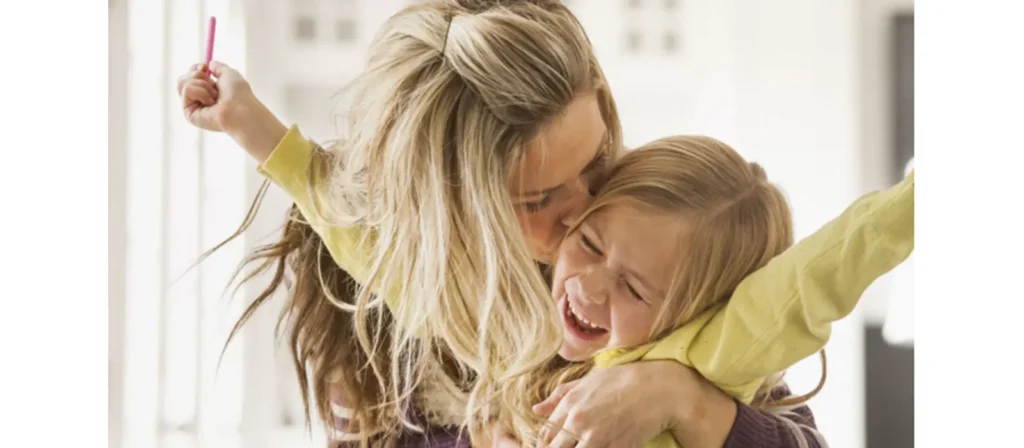
- Being inconsistent: If reinforcement is not given regularly or fairly, children may become confused about which behaviors are encouraged. Consistency helps children clearly understand expectations.
- Overusing material rewards: Relying too much on toys or treats may reduce intrinsic motivation. Praise, encouragement, and meaningful recognition are often more sustainable.
- Delaying reinforcement: Waiting too long to give feedback weakens the connection between behavior and reward. Reinforcement should follow the desired behavior as quickly as possible.
- Reinforcing the wrong behavior: Sometimes, children may receive attention for actions that are not actually desirable, such as interrupting or acting out. Adults need to be careful to reinforce only the behaviors they want to encourage.
- Ignoring individual differences: What motivates one child may not work for another. Tailoring reinforcement to each child’s needs and personality makes it more effective.
- Failing to fade out reinforcement: Constant rewards can make children dependent. Over time, reinforcement should shift from frequent and external to more natural forms, such as self-satisfaction and pride.
カスタム家具ソリューションで教室を変身させましょう
FAQs About Positive Reinforcement
- What is the positive reinforcement psychology definition?
Positive reinforcement refers to the process of increasing the likelihood of a specific behavior by immediately following it with a rewarding stimulus. This concept comes from B.F. Skinner’s operant conditioning theory emphasizes that behavior followed by a positive outcome is more likely to be repeated. It’s a core principle in behavior modification and widely used in education, therapy, and parenting. - How is positive reinforcement different from punishment?
Positive reinforcement strengthens desired behaviors by rewarding them, while punishment focuses on reducing unwanted behaviors by adding unpleasant consequences or taking away enjoyable things. - How long should I keep reinforcing a behavior?
The duration depends on the child and the behavior. Initially, reinforce every correct response, then gradually shift to intermittent reinforcement. Once the behavior is consistent, natural consequences and social praise should take over. - What are the 4 types of positive reinforcement?
They include natural, social, tangible, and token reinforcement. Each type offers a different way to reward behavior, from praise to playtime. Choosing the right type depends on the child and the situation. - Should I still use positive reinforcement for older preschoolers?
Absolutely. Older preschoolers still benefit from recognition and encouragement. Reinforcement can gradually shift from tangible rewards to social praise and personal responsibility as they mature.
結論
Positive reinforcement is more than a classroom technique; it is a way of guiding children through encouragement rather than fear. By linking desirable behaviors with praise, recognition, or meaningful rewards, educators and parents create an environment where children feel valued, motivated, and confident in their abilities.
The key is not in offering constant rewards but in using reinforcement carefully, with attention to timing, consistency, and each child’s unique needs. When these principles are observed, positive reinforcement becomes a powerful tool for shaping behavior, nurturing growth, and helping children thrive in every stage of their development.

